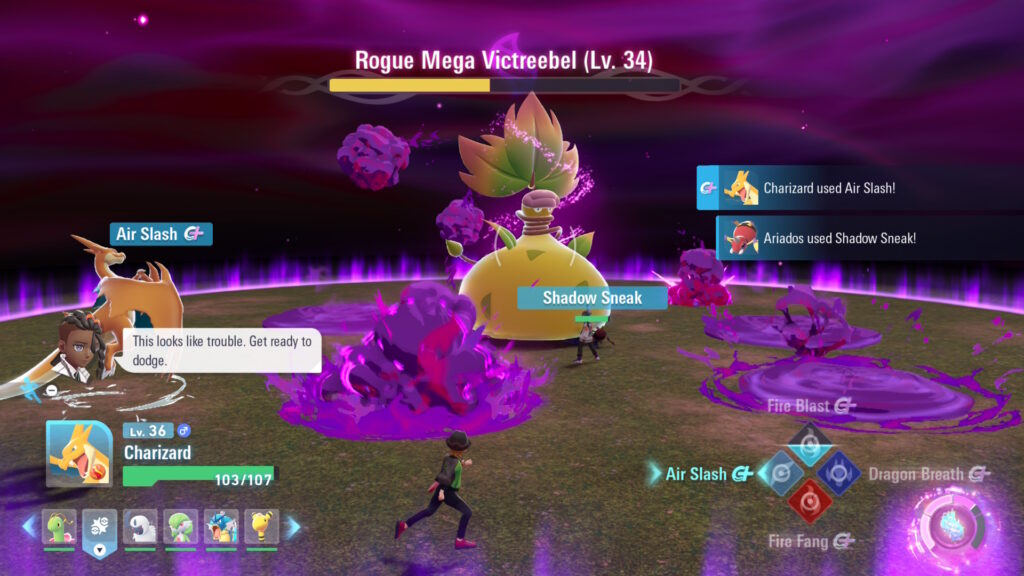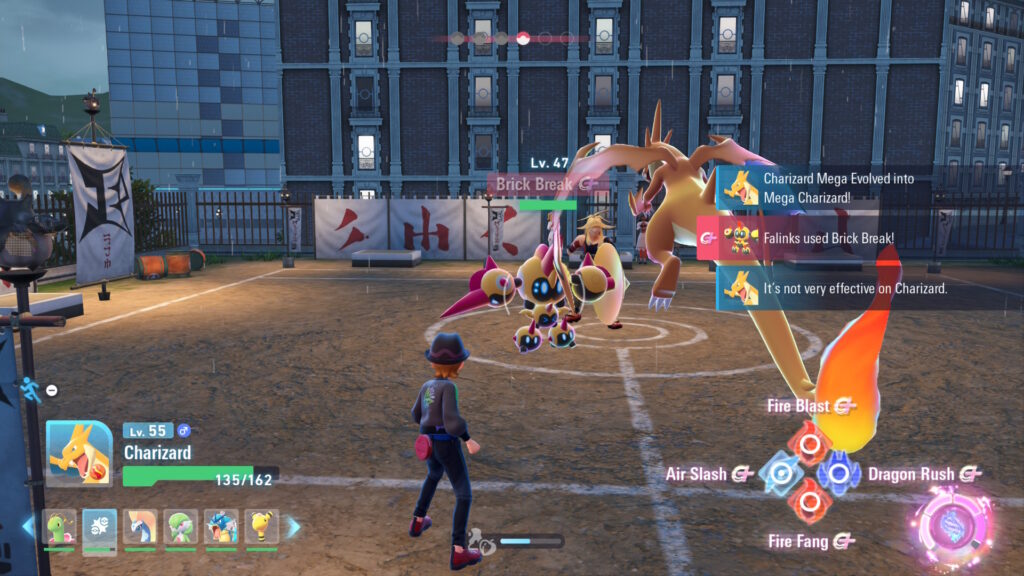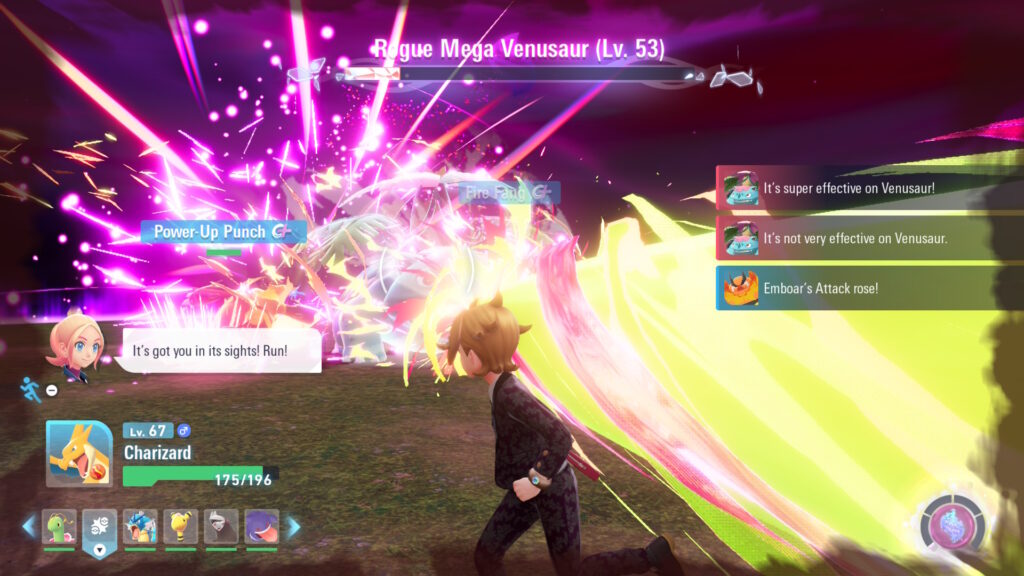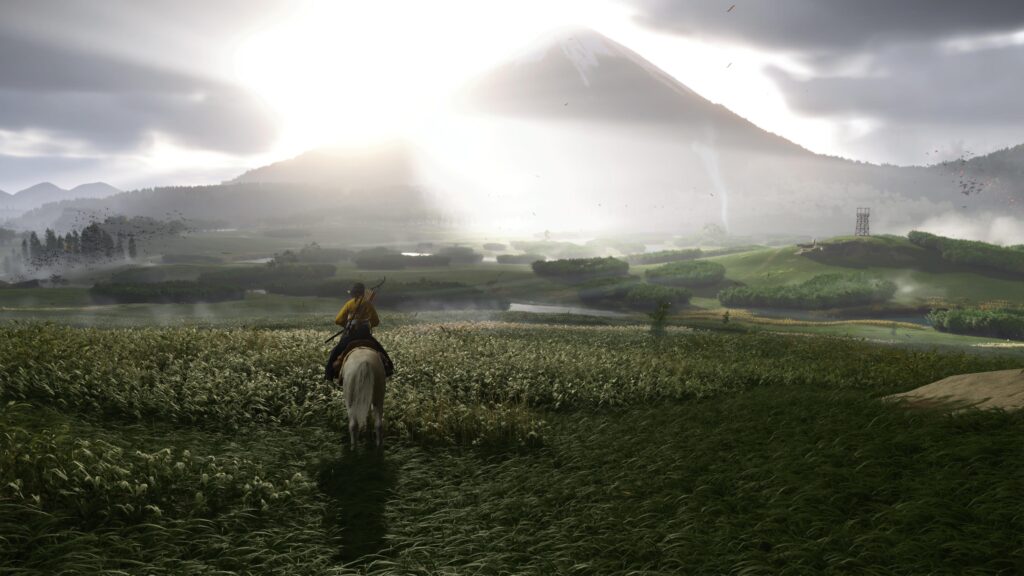- Genre: ARPG/Musou
- Platform: Switch 2
This was a wildly fun experience, but as I played it I was left with a particular thought – this is not a particularly good musou game. In isolation, this is a much better combat experience than your typical Warriors game but so much of it occurs in either 1-on-1 boss fights or small scale combat encounters, which is completely the opposite of what I expect out of the genre. So if it steers away from the core gameplay loop that much, is it still worthwhile?

When I think of your typical Warriors title I think about huge multi-person battleground combat maps where I’m trying to capture and keep hold of multiple camps while fighting off enemy commanders, leading to fights where I’m easily eclipsing 1000+ KOs in a single round. The first Hyrule Warriors certainly leaned into that for the most part. However, that screenshot above is more typical of your Imprisonment battle with large ones reserved for a few very particular story missions. Generally speaking, the bulk of content here is a 5 minutes or less game loop where you finish a couple quick objectives on the way to a solitary boss fight. Perhaps it’s because I didn’t play much of Age of Calamity but it caught me off guard.
If the musou experience is what you’re looking for, you just aren’t going to get it here. Even in the large fights it feels mostly lost. Sure, I capture camps but very few of them are ever in future danger of being recaptured by enemies. Sure, some secondary commanders spawn but they generally bee line right for one of my NPC commanders. Sure I have a party of people that I can command, but they are wholly incapable of taking out enemies or capturing points on their own, leading to a lot of swapping who is active as the player. If someone were to hop to this right from Dynasty they would probably be very confused as to why it’s carrying the Warriors name.

But then you play some more and the combat against bosses in particular starts to grab you. Boss fights are quite simply not just hack and slash encounters.
There are elemental attacks to take into account and chaining that you can do. For example, you can freeze an enemy with a series of ice attacks, then hit it with lightning for explosion. You can combine wind attacks with other elements to create tornadoes capable of hitting large groups. you can burn an enemy then hit it with water or ice to open it up for critical damage. Dodging takes on a ton of importance here relative to other Warriors games as well. Executing a perfectly timed dodge opens up the enemy for a flurry attack where the player can lay in a bunch of large damage, as well as knock down its stun meter. Once that stun meter is knocked down all the way, it also opens up the boss for a large attack generally capable of cutting down a quarter or more of its health at once. This is then combined with the ability for pairs of player characters doing combo attacks together for similarly large damage.
These one-on-one encounters then feel a lot less like a musou experience and more like a traditional action combat game, and that is greatly to its benefit. Where I enjoyed the original Hyrule Warriors for being a musou game, I started to enjoy this game because it was not. What it ends up being for me is a game that feels like a Hyrule experience shrouded in war, rather than the more individual experience that Zelda games typically have. It feels like it’s leaning on the action combat of the series, but not leaving away the fact that in war things are often going to be faster and more chaotic. The game loop then generally being short 5 minute segments ending in a boss makes a ton of sense. You are being encouraged to quickly dispatch with unimportant KOs and focus on the small handful of big bads that are really tuned to be fun to fight within the combat paradigm that they built for the game.
So that gets us back to the question – if it steers away from the core gameplay loop that much, is it still worthwhile? I think the answer that I arrived at is that yes it is still worthwhile, and it took the game continuing to beat me over the head with spectacle to get there. As the game went on I stopped thinking about whether or not I was playing a musou game and thinking more about timing my dodges correctly. It was less important that I was KOing 1000 things and more important that I was KOing the one boss. It was less important that I was doing hack and slash chaos and more important that I was chaining elemental attacks. The combat fundamentals end up being so much fun that the things that I initially felt were missing ended up fading into the background. Yes, this may not be a typical musou game, but in the process they’ve crafted something else that is a lot of fun on its own.










